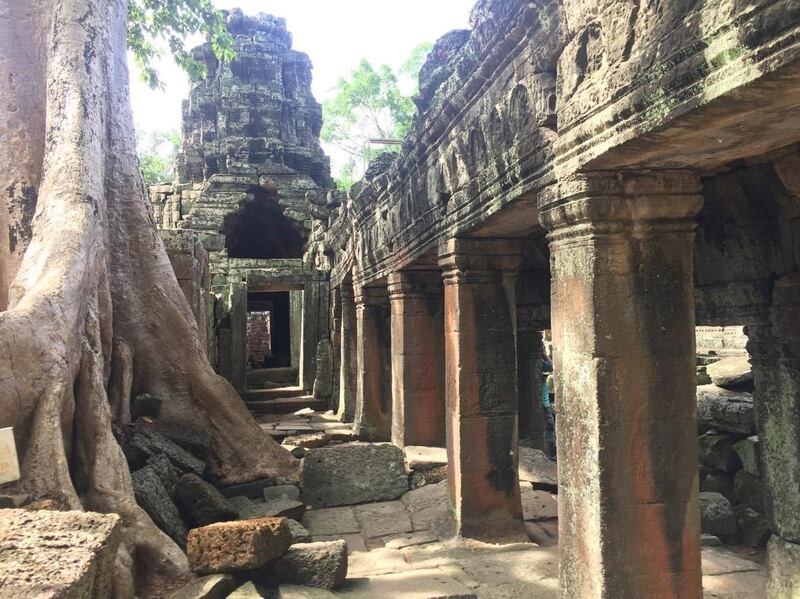"What's your favourite destination?" is one of the most irritating questions anyone can ask a travel editor, not just because it's lazy and meaningless but because the question usually comes just as you're trying to focus on an exciting new place. Suddenly, a complete stranger wants a run-down of your 100-country highlights. No can do.
However, as I usually interpret the question as someone wanting a holiday recommendation, most of the time I quickly tell them about Cambodia. “It’s got everything,” I say. “Beaches, history, culture, food. And it’s cheap.” It’s still true. Visiting Angkor is one of the most heartbreakingly beautiful experiences anyone will ever have. Cambodia’s beaches are much less crowded than Thailand’s and its history is both shocking and humbling. The people are inspiring and the small size of the country means that in two weeks you can say you’ve “done it”.
But the real secret to Cambodia’s appeal to me is of course more complex. The Khmer Empire was once vast, its borders stretching much further in every direction, well into what is now Thailand, Laos and Vietnam, as well as Cambodia, or Kampuchea as locals still call it. This powerful Hindu-Buddhist empire was officially known as the Angkor Empire, and I believe it is this history which makes a visit there much more powerful than you think. More recent history, including the exploitation by the Khmer Rouge of the chaos created by the spilling over of the Vietnam War, made me think this week of parallels in the Middle East.
The centre of the Angkor Empire was the temple city of Angkor, which at its peak in the 11th century had a population of around one million, making it the largest city in the world. It occupied an area greater than modern-day Paris and dwarfed populations such as London, which at the time was a paltry 40,000.
The gateway to Angkor is Siem Reap, and I first got there on New Year’s Day in 2006. Having partied all night in Bangkok I set off with three fellow backpackers, a Briton and two Americans, on a 400 kilometre, 12-hour “VIP” land journey involving multiple buses, detours and stops. Our guesthouse was called Smiley’s and three of us shared a room for $1 each. Apart from getting an electric shock from loose wires in the shower, it was great value. We used pushbikes to get to the site, 8km away, and to get between the temples and back again. We didn’t use guides.
This week I arrived by air, stayed at the Grand Hotel d’Angkor and went around in an air-conditioned bus with a private guide. Before, Siem Reap was scrappy. A decade on and it’s been cleaned up and is much more appealing, though on the way to Angkor there are several huge and ugly new hotels, such as the Sokha, and a garish new North Korean museum.
Thankfully, the temple complex itself, although now more crowded, is so large that visiting can still be an authentic experience. Some popular temples now have boardwalks and areas that are roped off, but large scale tarmacking and commercialisation have been avoided. You still get the feeling of being lost in the jungle.
Last week our guide told us that increased tourism revenue had meant more sites could be restored, protected and excavated. Cambodia: yes, I still recommend it.





